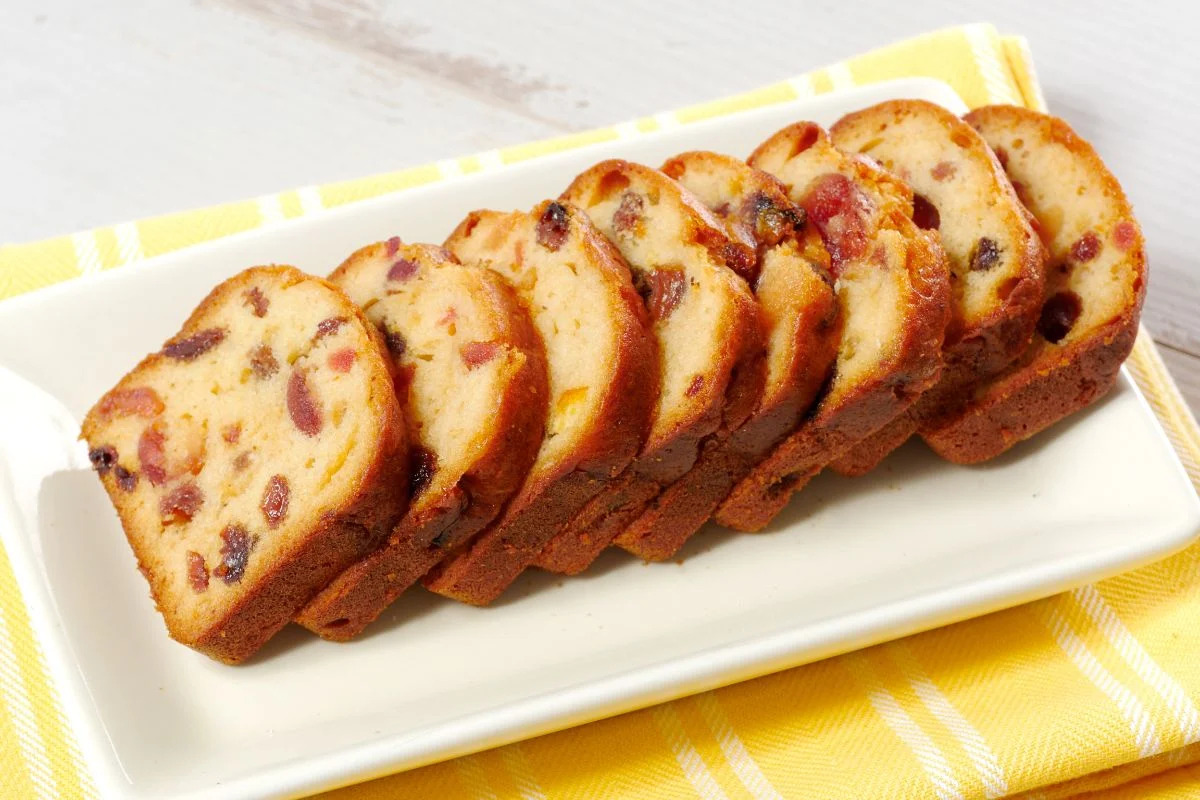

Articles
How To Store Fruit Cake After Baking
Modified: February 23, 2024
Learn the best way to store your fruit cake after baking with these helpful articles. Keep your cake fresh and delicious for longer!
(Many of the links in this article redirect to a specific reviewed product. Your purchase of these products through affiliate links helps to generate commission for Storables.com, at no extra cost. Learn more)
Introduction
So you’ve just baked a delicious fruit cake, and now you’re wondering how to store it properly to keep it fresh and moist for as long as possible. Proper storage is crucial to maintain the flavor and texture of your cake, and to prevent it from becoming dry or spoiled. In this article, we will provide you with a step-by-step guide on how to store your fruit cake after baking, ensuring that it stays delicious and enjoyable for weeks to come.
Before we dive into the details of proper storage, let’s understand why it is important. Fruit cakes are typically made with a combination of dried fruits, nuts, and alcohol, which not only add flavor but also act as preservatives. However, these ingredients can also make the cake susceptible to spoilage if not stored correctly.
Exposure to air, light, heat, and humidity can cause the cake to dry out, lose its moistness, and even develop mold. To prevent this from happening, it is essential to follow a few key steps to ensure that your fruit cake stays fresh and delicious.
Key Takeaways:
- Properly storing fruit cake after baking is essential to maintain its moisture, flavor, and texture. Follow the step-by-step guide to ensure your delicious creation remains fresh and enjoyable for weeks to come.
- From allowing the cake to cool completely to checking for signs of spoilage, proper storage is key to preserving the quality of your fruit cake. Follow these guidelines to keep your baked creation moist, flavorful, and delightful for an extended period.
Read more: How To Store Cake After Baking
Why is proper storage important?
Proper storage of your fruit cake is crucial for maintaining its quality and taste. Here are a few reasons why proper storage is important:
- Preserving moisture: Fruit cakes tend to be dense and moist due to the inclusion of dried fruits, nuts, and sometimes alcohol. Proper storage helps to retain the moisture content, keeping the cake soft and flavorful.
- Preventing contamination: Storing the fruit cake properly helps protect it from exposure to air and foreign contaminants. This helps prevent the growth of mold and bacteria, ensuring the cake remains safe to eat.
- Enhancing flavor: Fruit cake develops its best flavor over time as the flavors of the ingredients meld together. Proper storage allows the cake to mature and develop its full flavor potential.
- Extending shelf life: By storing your fruit cake correctly, you can extend its shelf life, allowing you to enjoy it for a longer period. This is particularly useful if you’ve baked a large batch or received a gift of fruit cake.
- Avoiding texture changes: Improper storage can cause the cake to become dry, stale, or even mushy. Following the correct storage methods will help preserve the cake’s desired texture and consistency.
Now that we understand the importance of proper storage, let’s move on to the step-by-step guide on how to store your fruit cake after baking.
Step 1: Allow the cake to cool completely
Before you begin the process of storing your fruit cake, it is important to ensure that the cake has completely cooled down. This step is crucial because if the cake is still warm, it can create condensation when wrapped, leading to a moist and potentially moldy environment for the cake.
After removing the cake from the oven, let it cool in the baking pan for about 10 to 15 minutes. Then, gently remove the cake from the pan and transfer it to a wire rack to cool completely. This process can take anywhere from 1 to 2 hours, depending on the size and density of the cake.
Allowing the cake to cool completely ensures that the internal moisture has settled, and the exterior has a chance to dry slightly. This step plays a crucial role in maintaining the texture and integrity of the fruit cake during the storage process.
Remember to place the cake on a heat-resistant surface, such as a wire rack or a cutting board, to allow air to circulate around the cake and promote even cooling. Avoid placing the hot cake on a solid surface, as it can trap heat and steam, which may affect the texture of the cake.
Once the cake has completely cooled, you can proceed to the next step, which is wrapping the cake to protect it from air and moisture.
Step 2: Wrap the cake in plastic wrap
After the fruit cake has cooled completely, it’s time to wrap it to protect it from air and moisture. Wrapping the cake tightly will help maintain its freshness and prevent it from drying out.
Start by placing a sheet of plastic wrap on a clean and flat surface. Carefully transfer the cooled cake onto the center of the plastic wrap. Make sure the top of the cake is facing up.
Gently pull the edges of the plastic wrap up and over the cake, ensuring that it is completely covered. Press the plastic wrap against the sides of the cake, smoothing out any air bubbles or creases. It’s important to create a tight seal to prevent air from entering and moisture from escaping.
Once the cake is wrapped in plastic wrap, you can further secure it by wrapping it in a layer of aluminum foil. This will provide an extra layer of protection against air and light.
Alternatively, if you prefer a more sustainable option, you can use beeswax wraps or reusable silicone food covers instead of plastic wrap.
Regardless of the wrapping material you choose, make sure it fully covers the cake and creates a tight seal. This will help maintain the cake’s moisture and prevent it from drying out.
Now that the cake is securely wrapped, it’s time to move on to the next step, which involves storing the cake in an airtight container or tin.
Step 3: Store in an airtight container or tin
Once your fruit cake is wrapped in plastic wrap or aluminum foil, it’s important to transfer it to an airtight container or tin for optimal storage. Airtight containers help to seal in the freshness and prevent the cake from being exposed to air, which can cause it to dry out.
Choose a container that is spacious enough to accommodate the wrapped cake without squishing it. It’s best to use a container with a tight-fitting lid to create a secure seal. If you don’t have an airtight container specifically designed for cakes, you can also use a large plastic food storage container or a metal tin with a lid.
Place the wrapped fruit cake gently into the container, making sure it sits flat and isn’t touching the sides of the container. If there is any extra space, you can fill it with crumpled parchment paper or aluminum foil to prevent the cake from shifting during storage.
Ensure that the lid is securely closed to create an airtight seal. This will help maintain the optimal moisture level within the container and preserve the texture and flavor of the fruit cake.
Label the container with the date of storage, particularly if you plan to store the fruit cake for an extended period. This will help you keep track of its freshness and determine when it’s time to consume or refresh the cake.
Now that your fruit cake is safely stored in an airtight container, it’s time to choose an appropriate location for storage to ensure it stays in perfect condition.
After baking, let the fruit cake cool completely. Wrap it tightly in plastic wrap, then in aluminum foil, and store in an airtight container at room temperature or in the refrigerator for up to 1 month.
Read more: How To Store Fruit Pies After Baking
Step 4: Keep in a cool, dry place
Choosing the right location for storing your fruit cake is crucial to maintain its quality and prevent spoilage. It’s important to keep the cake in a cool, dry place, away from direct sunlight and heat sources.
Ideally, store the fruit cake at a temperature between 65°F and 70°F (18°C and 21°C). Avoid areas of your home that are prone to temperature fluctuations, such as near windows, ovens, stoves, or heaters. Extreme temperature changes can affect the texture and taste of the cake.
High humidity can also lead to moisture buildup, potentially causing the cake to become soggy or moldy over time. Therefore, it’s crucial to store the fruit cake in a dry environment. Avoid places with excess humidity, such as the kitchen or bathroom.
If you live in a particularly humid climate, you can place a moisture-absorbing packet, such as silica gel or a desiccant, inside the airtight container with the cake. These packets help absorb excess moisture and keep the cake dry.
Additionally, ensure that the storage location is free from strong odors, as fruit cakes can absorb odors easily. Keep it away from pungent foods, cleaning products, or any other items that might transfer their scent to the cake.
By storing your fruit cake in a cool, dry place, you’ll help preserve its freshness and prevent it from spoiling. Now let’s move on to the next step, which focuses on avoiding exposure to light and heat.
Step 5: Avoid exposure to light and heat
Another crucial step in storing your fruit cake is to protect it from exposure to light and heat. Both light and heat can negatively affect the quality, texture, and flavor of the cake over time.
Exposure to light, especially sunlight, can cause the fruit cake to age prematurely and result in flavor changes. UV rays can degrade the quality of the ingredients, leading to a less desirable taste and potential spoilage.
To avoid light exposure, store your fruit cake in a dark or opaque container. This can be a tin with a solid lid or a storage container that doesn’t allow light to penetrate. Keep the container away from windows or any other sources of natural or artificial light.
Heat is another factor to consider when storing your fruit cake. Excessive heat can cause the cake to dry out, lose moisture, and result in a stale texture. It can also accelerate the growth of bacteria and mold.
Avoid storing the fruit cake near heat sources such as ovens, stovetops, radiators, or appliances that emit heat. It’s best to choose a cool and shaded spot in your home to ensure the cake remains at a stable temperature.
If you’re storing the cake during warm summer months or in a hot climate, it’s wise to place it in the refrigerator. However, be cautious about storing the cake near strong-smelling foods as it can absorb odors easily.
By avoiding exposure to light and heat, you can help preserve the flavor, moisture, and overall quality of your fruit cake. Now, let’s move on to the next step, which involves periodically checking for any signs of spoilage.
Step 6: Check periodically for any signs of spoilage
While proper storage significantly extends the shelf life of your fruit cake, it’s still important to regularly check for any signs of spoilage. This helps ensure that you catch any potential issues early on and can take necessary action to prevent further damage.
Set a schedule to inspect the fruit cake every few weeks, especially if it’s stored for an extended period. Remove the cake from its storage container and carefully unwrap it for examination.
When inspecting the fruit cake, pay attention to the following signs of spoilage:
- Mold: Look for any visible mold growth on the surface of the cake or along the edges. If you spot mold, it’s crucial to discard the cake immediately as consuming moldy food can lead to health issues.
- Off Odors: Take a sniff of the cake. If you notice any unpleasant or rancid odors, it may indicate that the cake has gone bad. If the odor is strong or unusual, it’s best to err on the side of caution and avoid consuming it.
- Texture Changes: Inspect the texture of the cake. If it feels excessively dry, crumbly, or mushy, it may have lost its freshness and become spoiled. A fruit cake should have a moist and firm texture.
- Unusual Colors: Check for any unusual discoloration or dark spots on the cake. These may be indications of spoilage or the growth of bacteria or mold.
If you notice any of these signs, it’s important to discard the fruit cake to avoid any potential health risks. On the other hand, if the cake appears to be in good condition, you can proceed to the next step.
Now that you’ve checked for any signs of spoilage, let’s move on to the final step which is properly rewrapping the cake after each use.
Step 7: Properly rewrap the cake after each use
After enjoying a slice or two of your delicious fruit cake, it’s important to properly rewrap the remaining cake to maintain its freshness and prevent it from drying out or spoiling. Follow these steps to ensure the cake stays delicious:
- Remove any decorations: If your cake is decorated with icing, frosting, or other perishable toppings, remove them before wrapping the cake. These toppings can spoil quickly and affect the shelf life of the cake.
- Reassess the wrapping: Carefully unwrap the cake from its plastic wrap or aluminum foil. Inspect the cake for any signs of spoilage as described in Step 6. If the cake appears to be in good condition, proceed to the next step.
- Re-wrap the cake: Use a fresh piece of plastic wrap or foil to rewrap the cake tightly, ensuring there are no gaps or openings. This will help maintain the moisture and prevent it from drying out.
- Return to the container: Place the rewrapped fruit cake back into the airtight container or tin. Ensure the lid is tightly sealed to prevent air and moisture from entering the container.
- Store as before: Return the container to its designated cool, dry place, away from light, heat, and strong odors. Remember to label the container with the date of rewrapping for future reference.
By properly rewrapping the fruit cake after each use, you are helping to maintain its freshness and quality for an extended period. This step is especially important if you plan to enjoy the cake over several weeks or months.
With the cake properly rewrapped and stored, you can continue to savor its flavor and enjoy it for a longer time. Remember to periodically check for any signs of spoilage and discard the cake if necessary to ensure your safety.
By following these step-by-step guidelines for storing your fruit cake after baking, you can ensure that it remains moist, flavorful, and enjoyable for weeks to come. Proper storage is key to preserving the quality of your fruit cake and maximizing its shelf life.
Now that you’re equipped with the knowledge on how to store fruit cake, go ahead and bake your next batch with confidence, knowing that you can keep it fresh and delicious for as long as possible!
Read more: How To Store Bundt Cake After Baking
Conclusion
Properly storing your fruit cake after baking is crucial to maintain its freshness, flavor, and texture. By following the step-by-step guide outlined in this article, you can ensure that your fruit cake stays moist and delicious for an extended period.
Allowing the cake to cool completely before wrapping it in plastic wrap or aluminum foil is the first important step. This ensures that condensation does not form and create a moist environment for potential spoilage. Wrapping the cake tightly and transferring it to an airtight container or tin provides an additional layer of protection against air and moisture, preserving its quality.
Choosing a cool, dry place away from heat, light, and strong odors is essential for long-term storage. Regularly checking the cake for signs of mold, off odors, texture changes, or unusual colors helps you catch any potential spoilage early on.
After enjoying a slice of fruit cake, remember to properly rewrap the remaining cake to maintain its freshness. Remove any perishable decorations and rewrap it tightly before placing it back in the airtight container.
By following these steps, you can ensure that your fruit cake retains its moistness, flavor, and overall quality, allowing you to enjoy it for weeks or even months after baking. Proper storage is the key to preserving the delectable taste and texture of your fruit cake.
So the next time you bake a fruit cake, use these guidelines to store it correctly, ensuring that your delicious creation remains a delightful treat for both yourself and anyone you choose to share it with!
Frequently Asked Questions about How To Store Fruit Cake After Baking
Was this page helpful?
At Storables.com, we guarantee accurate and reliable information. Our content, validated by Expert Board Contributors, is crafted following stringent Editorial Policies. We're committed to providing you with well-researched, expert-backed insights for all your informational needs.
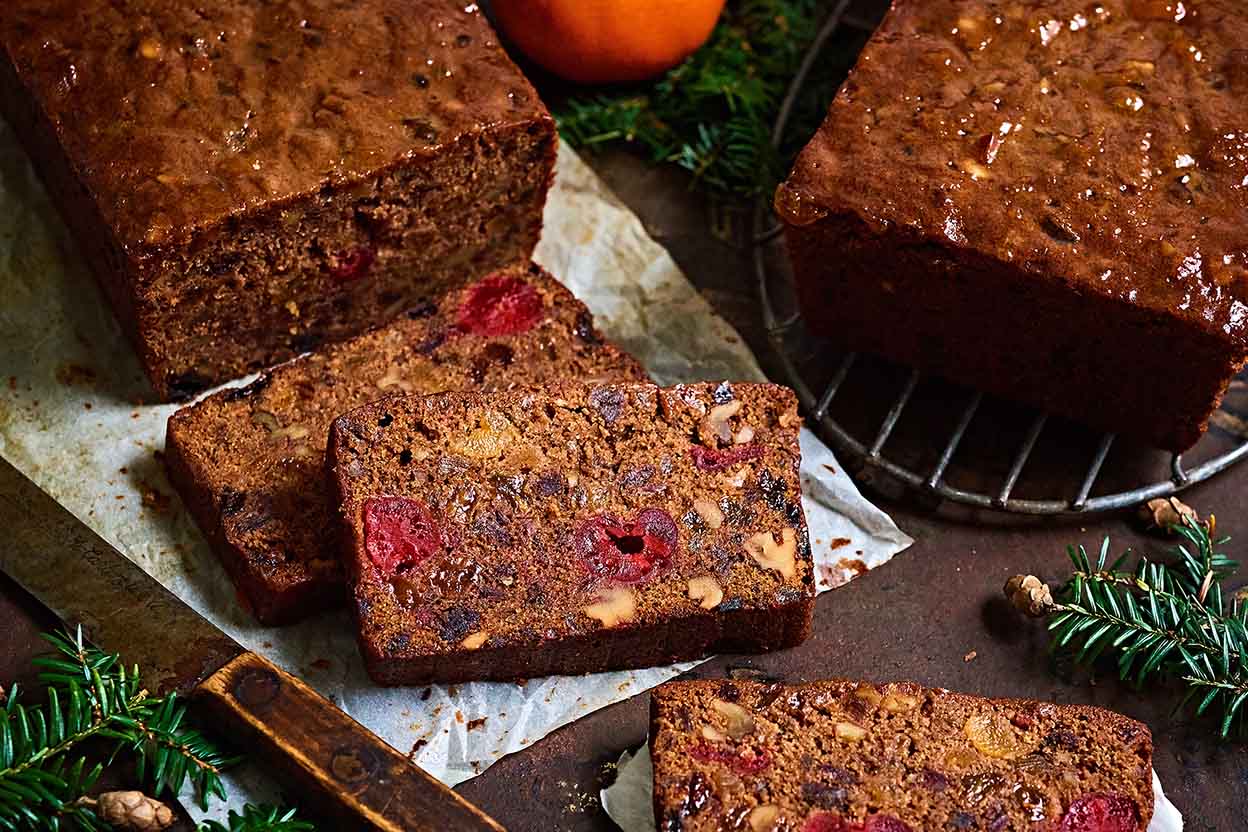
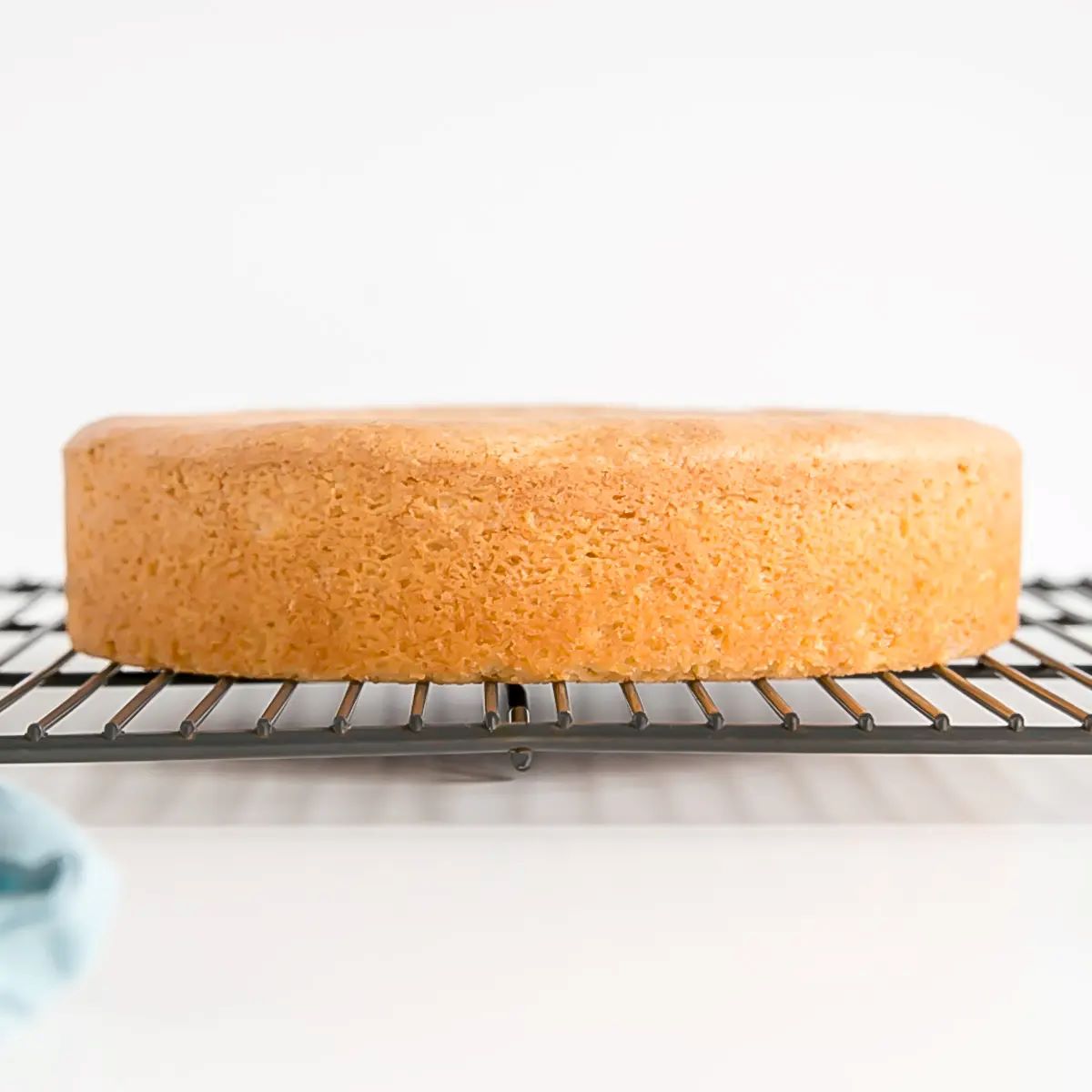
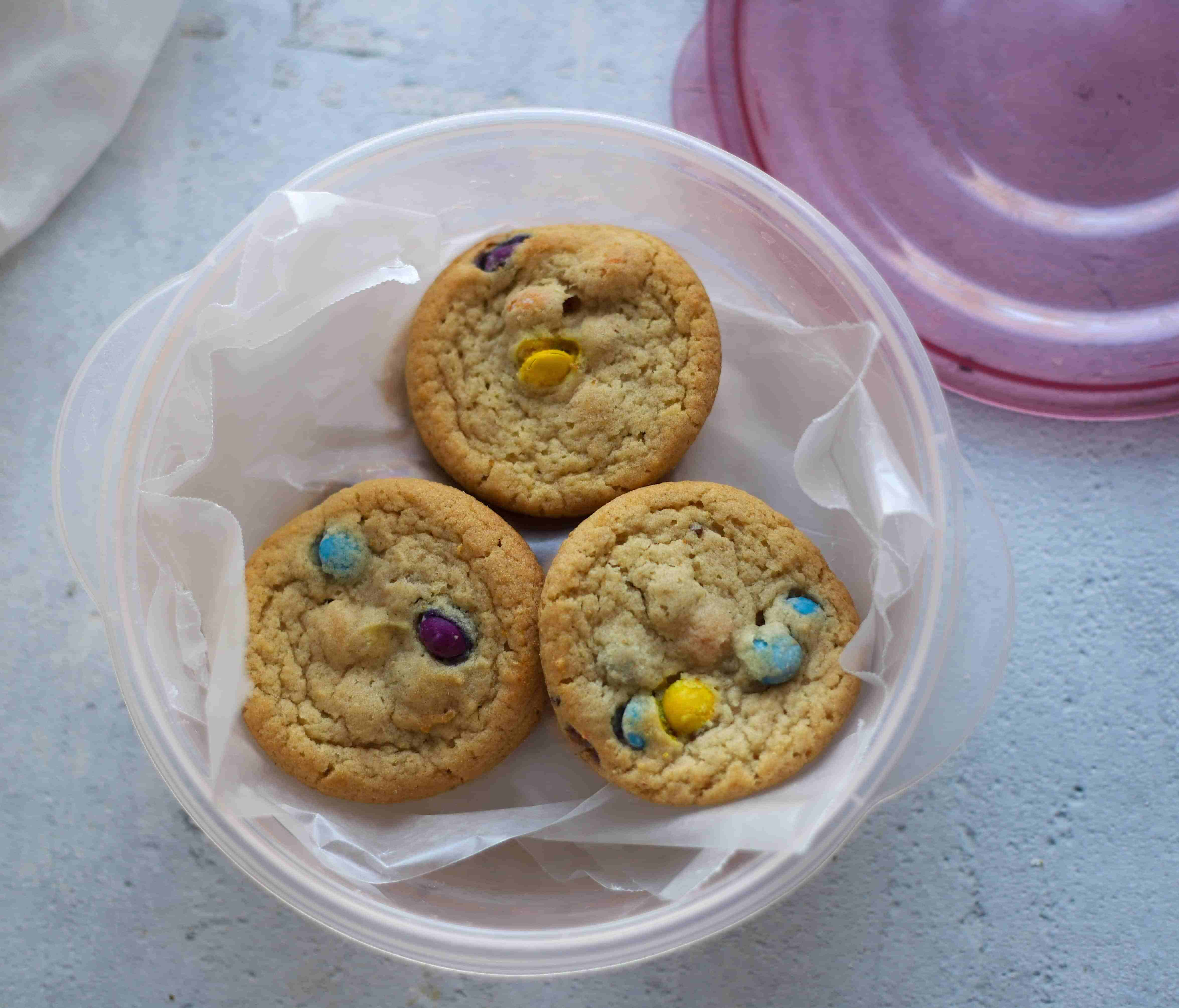
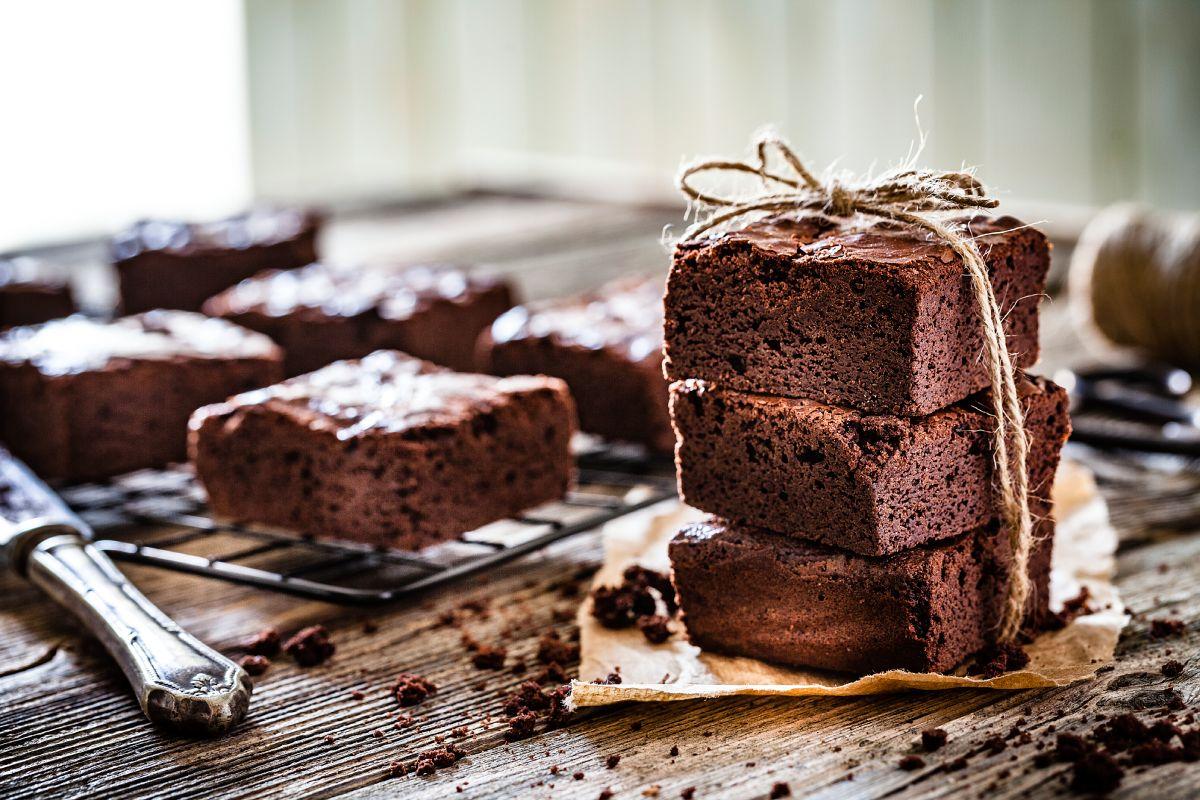
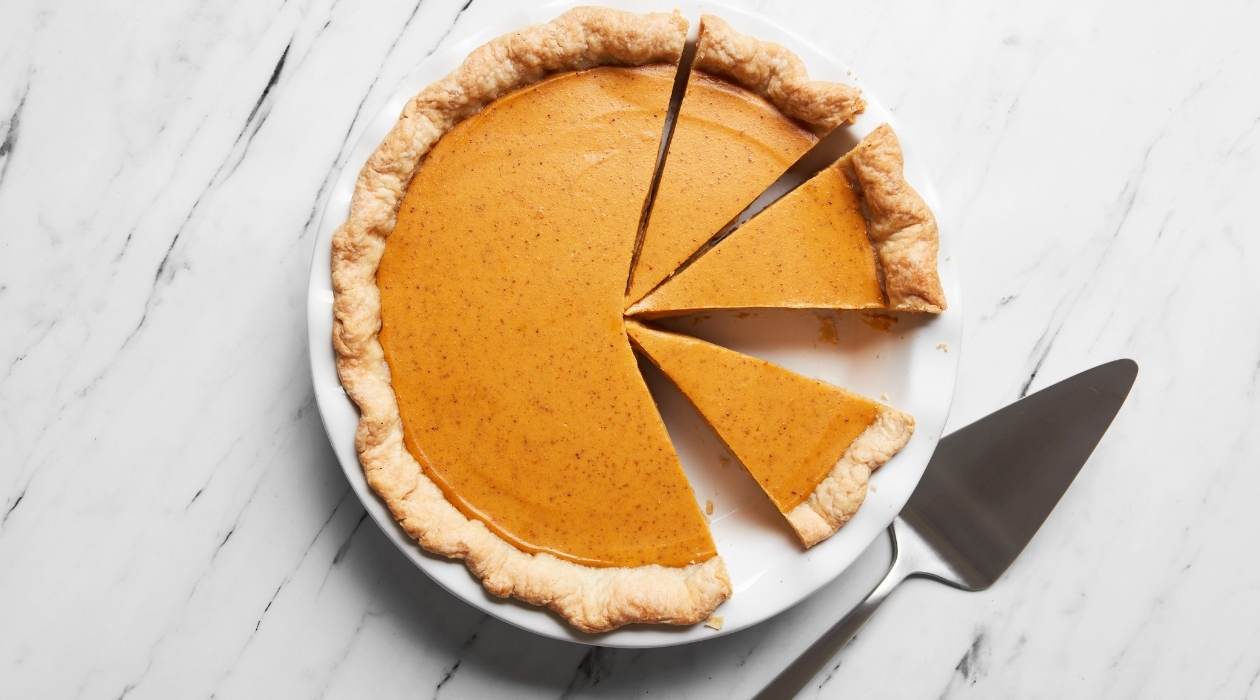
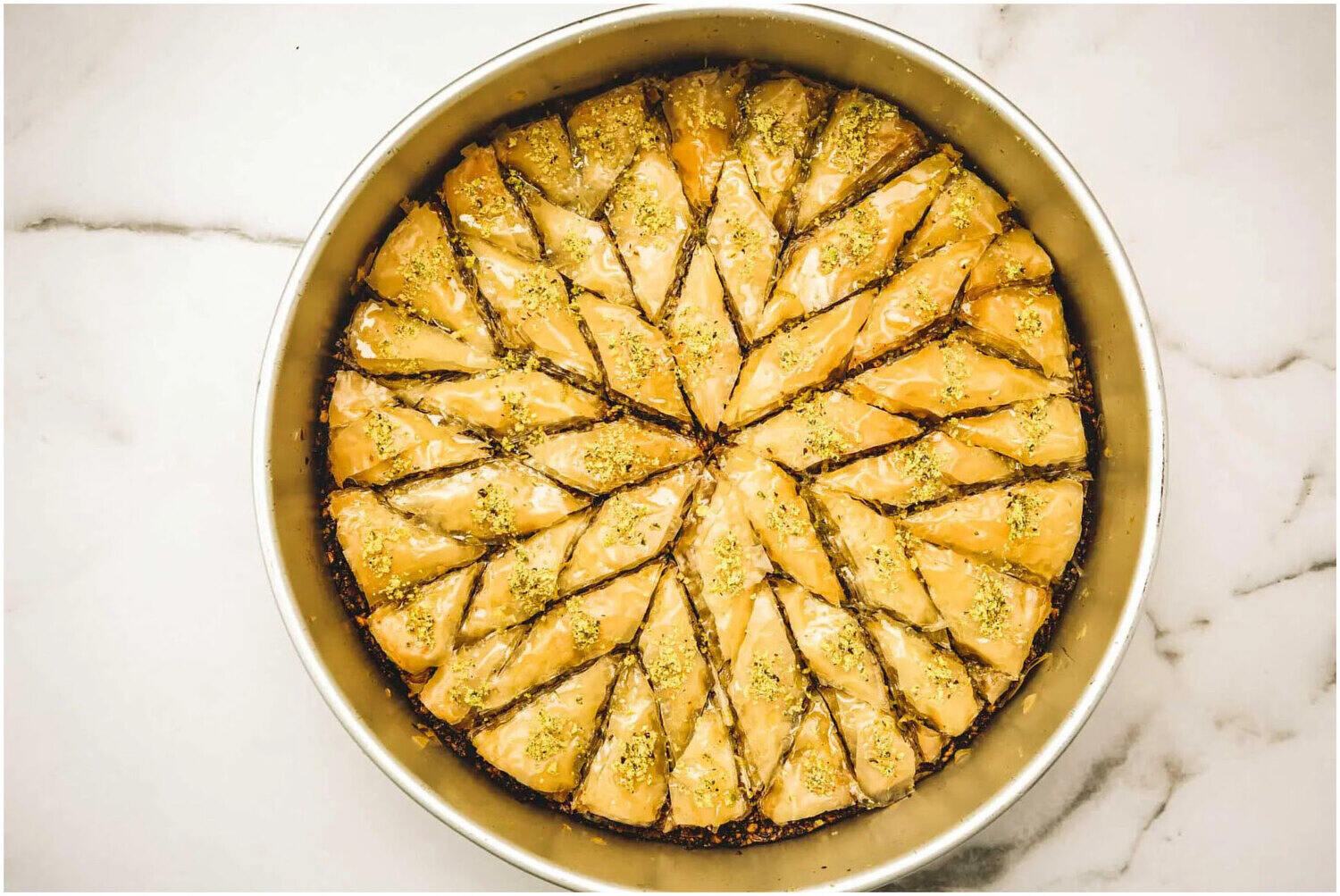
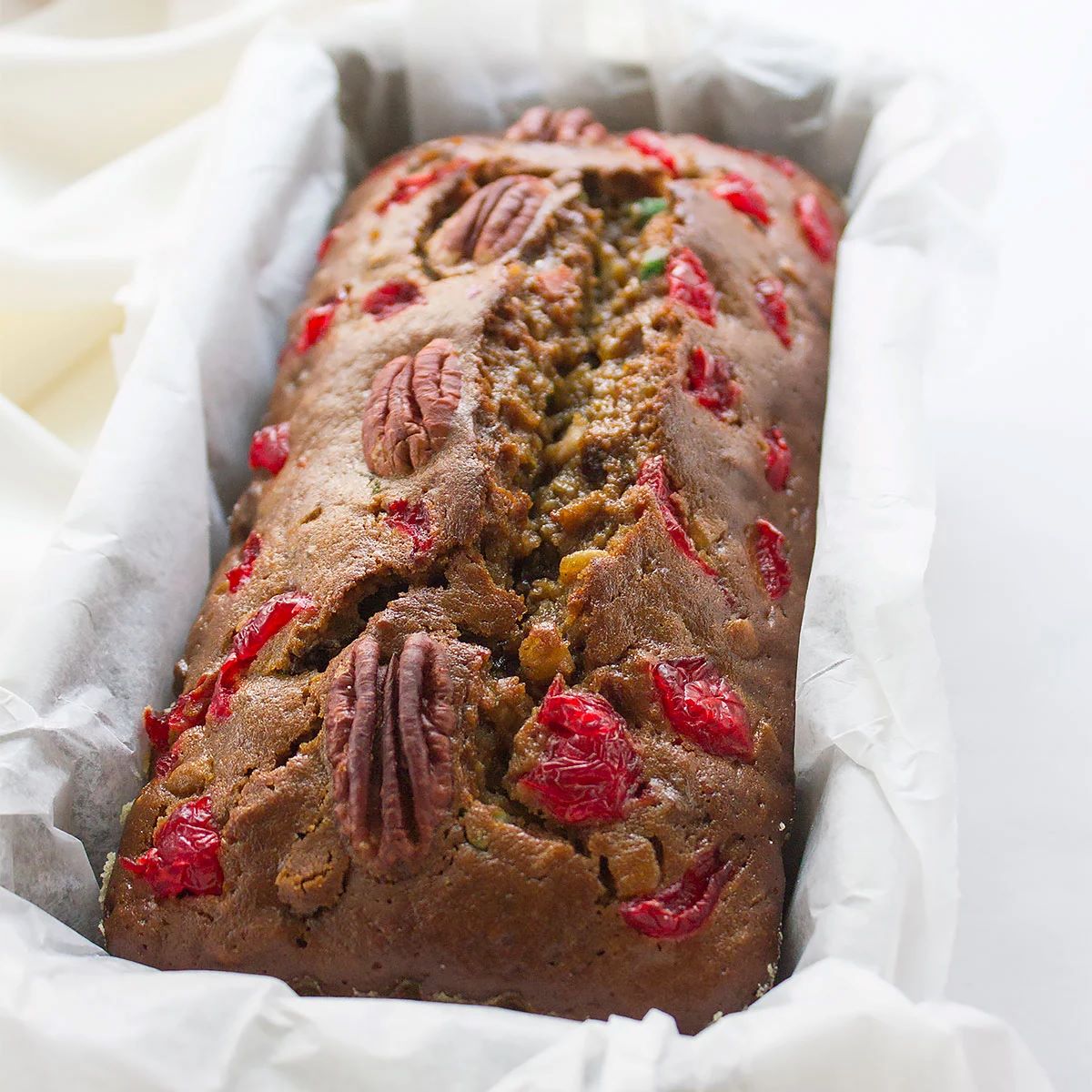
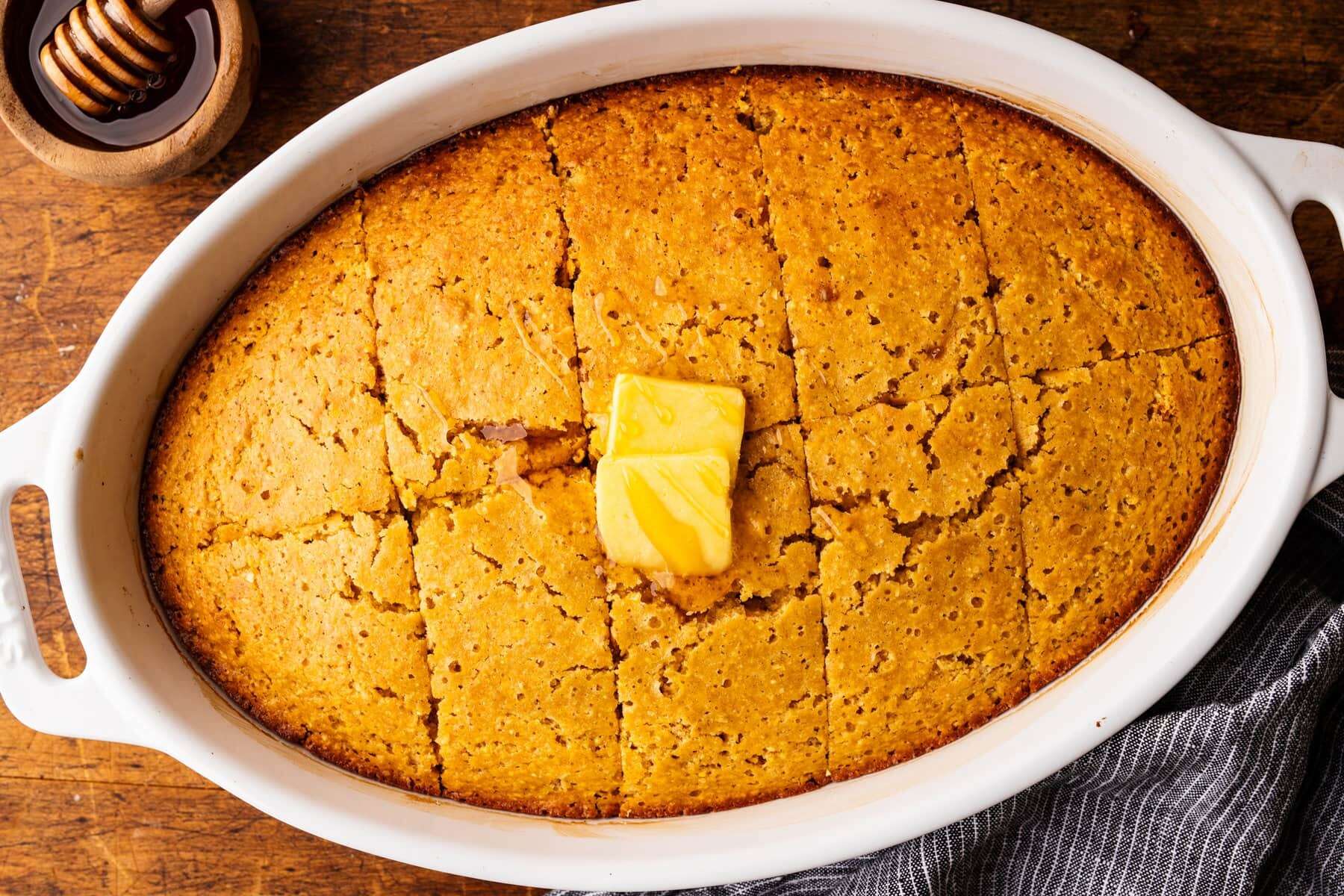

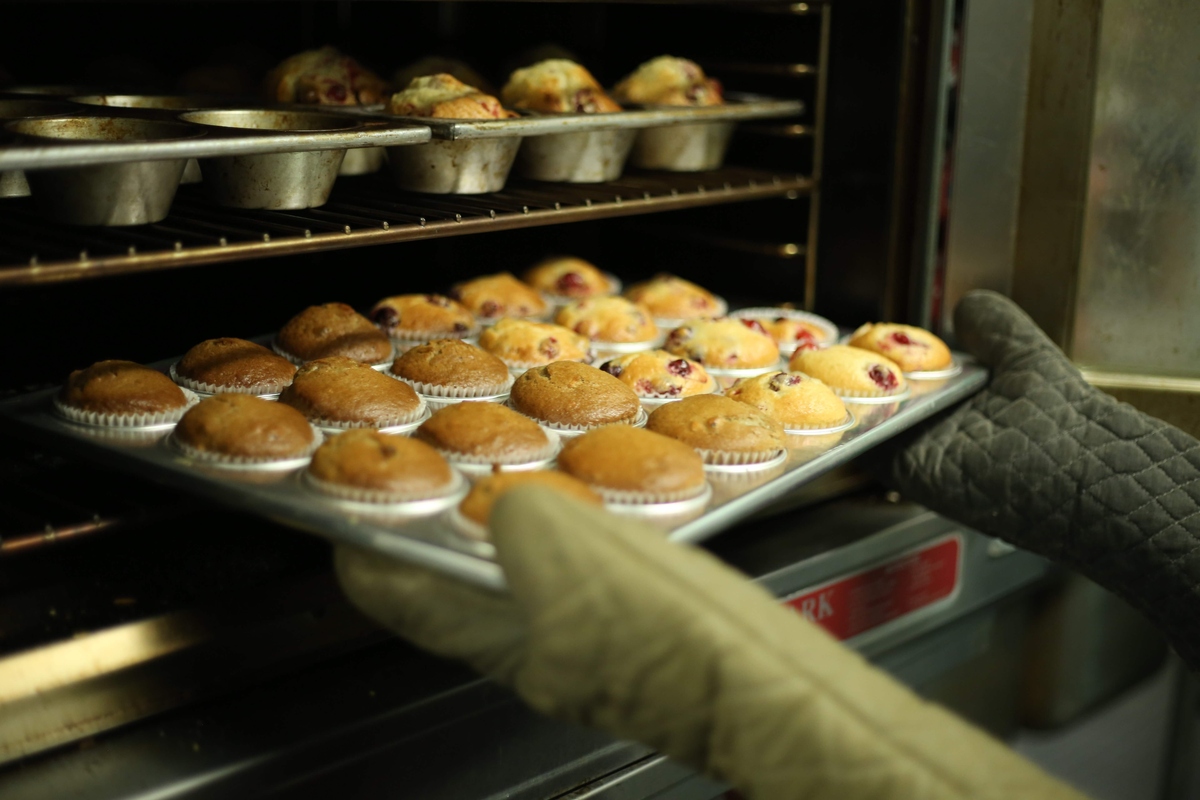

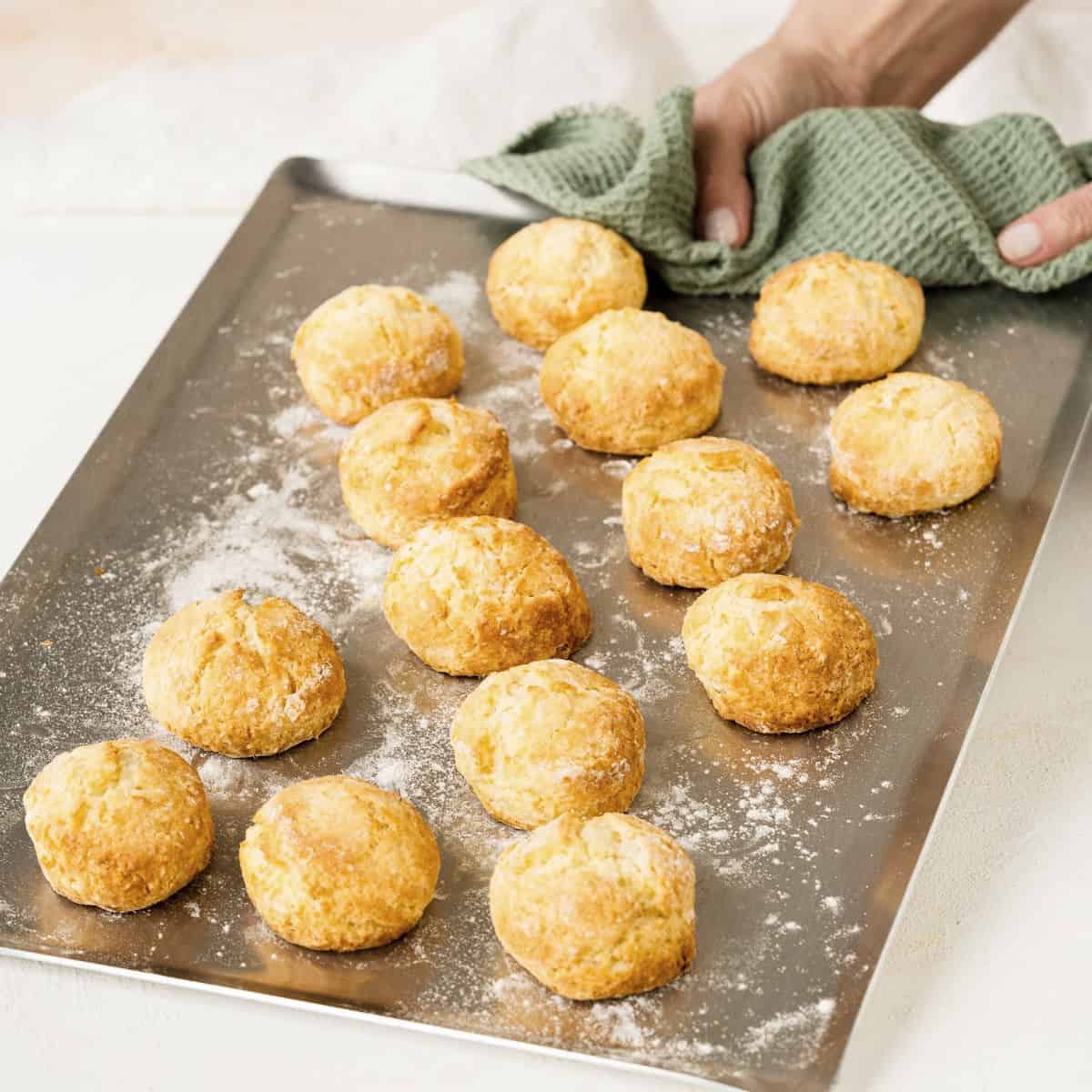
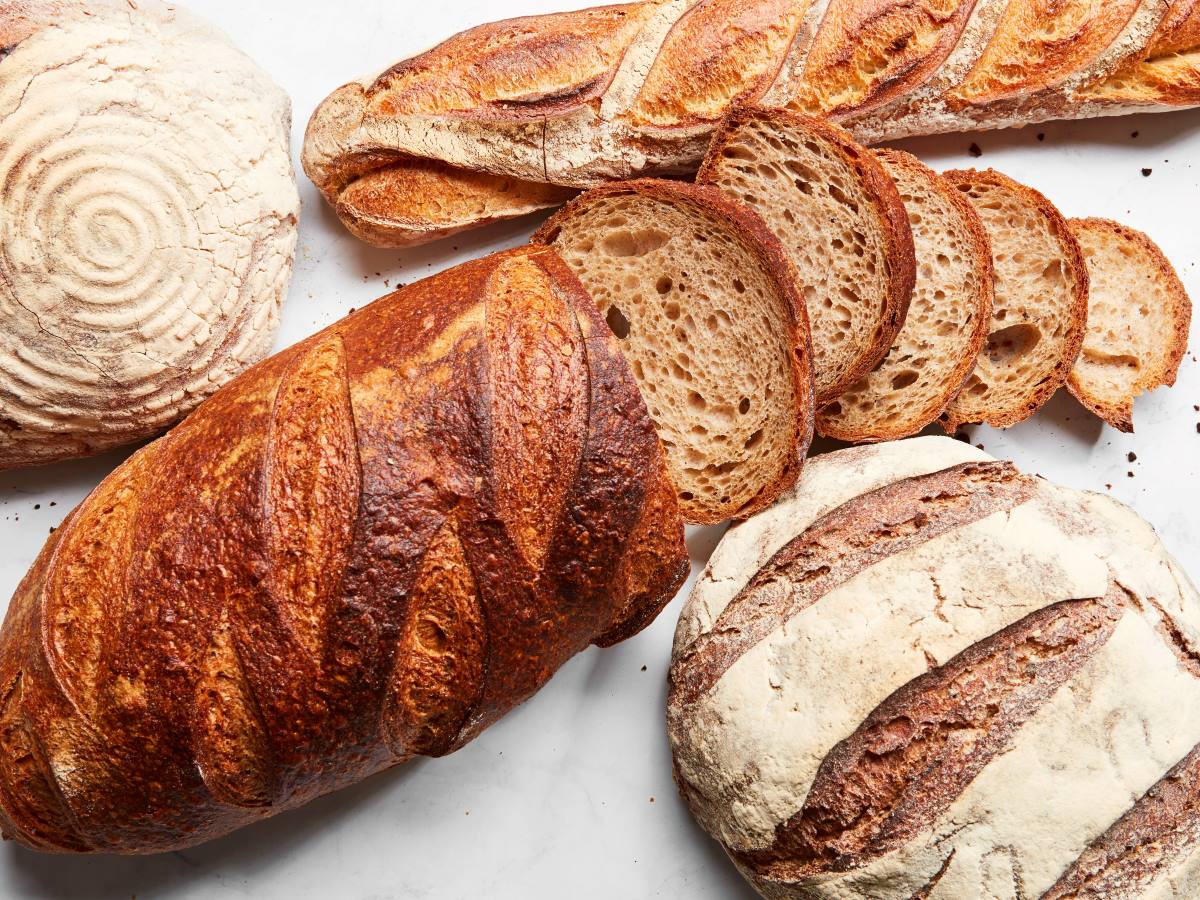

0 thoughts on “How To Store Fruit Cake After Baking”